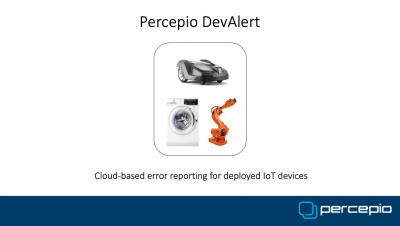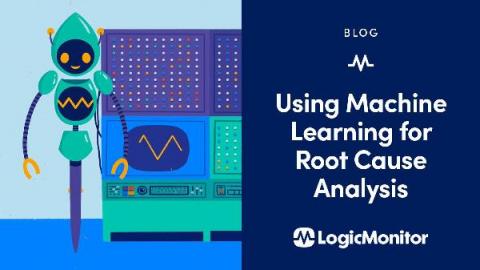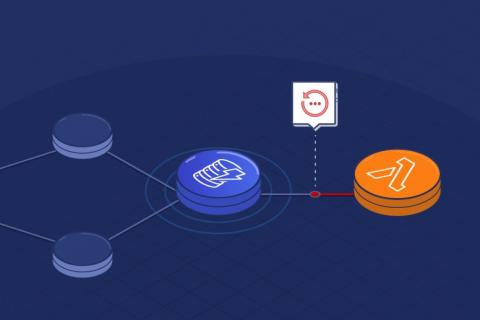Build your API first
I have a beef with companies that don’t expose nearly everything their product can do with an API. I get anxious wondering, “why can I only do some of the things via the API? How is this sausage made?” Sure, there are plenty of examples of endpoints that shouldn’t be exposed, such as changing passwords probably should be kept private. Regardless, there are tons of examples of products that I can type in a field in the UI, but that field isn’t available in the API.











